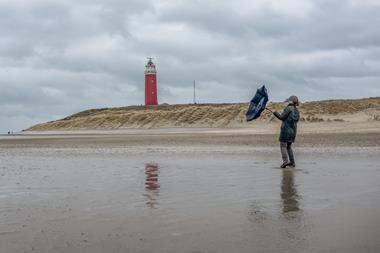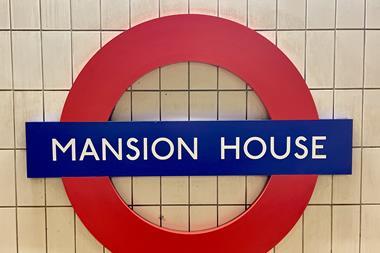Pension funds in the Netherlands continue to increase their interest rate hedges as the transition from a defined benefit (DB) to a defined contribution (DC) system approaches.
The average interest rate hedge of a pension fund now exceeds 70%, according to an overview on the website of regulator DNB.
The ever-increasing level of hedging is remarkable because many pension funds have a dynamic interest rate hedging policy. This means they raise their hedges when interest rates rise, and lower them when they fall. Until the third quarter of 2023, interest rates rose, and so did funds’ hedges.
Since then, the 20-year interest rate, the average maturity of a pension fund’s liabilities, has fallen by about one percentage point.
Yet interest rate hedging has continued to rise since then. This is because a growing number of pension funds are increasing their interest rate hedges to protect funding levels in view of the upcoming switch to a DC system.
For this reason, many funds have temporarily or permanently deactivated their dynamic hedging policies. Upping their interest rate hedges makes pension funds less vulnerable to a sudden drop in rates.
Two groups
There are roughly two groups of pension funds that have recently increased their interest rate hedging. By far the largest group consists of funds that want to move to DC in 2025 or 2026. They want to do so with a comfortable funding ratio.
Last autumn, funds such as the textile industry scheme Mitt and the fund of beer brewer Heineken raised their hedges sharply for exactly this reason.
In recent months, other funds have followed suit. The DNB pension fund, for example, increased its interest rate hedge to 100% at the beginning of the year.

The professional pension fund for shipping pilots (Loodsen) and company pension fund HaskoningDHV are also (almost) eliminating their interest rate risk.
Loodsen had already raised the interest rate hedge to 80% at the end of last year. “This year we decided to hedge 100% of the liabilities in the run-up to our transition date of 1 January 2025,” said the pension fund’s director Rajesh Grobbe.
Pensioenfonds Horeca & Catering, another fund that will move to DC on 1 January next year, has also increased its interest rate hedge substantially this year, from 50% to 80%.
Buyouts
The other group of funds that have increased their interest rate hedges substantially this year involves funds that will not move to the new DC system and have decided to transfer pension liabilities to an insurance company in the form of a buyout, or are planning to do so.
Examples of this include the professional fund for dentists (Tandartsen) and the corporate pension funds Pensura, British American Tobacco and Will Niemeijer. These funds do not want to run the risk of their funding ratios dropping before the planned transfer to an insurer due to falling interest rates.
They have therefore sharply increased their interest rate hedging. In some cases their hedges are now well above 100%, as some funds moved to also hedge their full funding ratios against interest rate risks.
The latest digital edition of IPE’s magazine is now available



































No comments yet